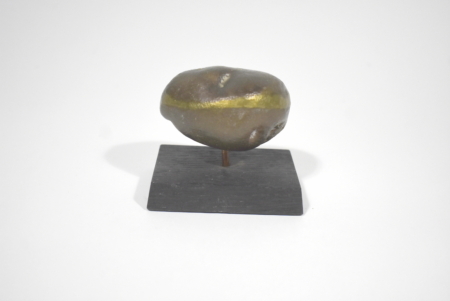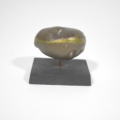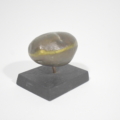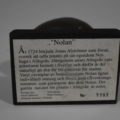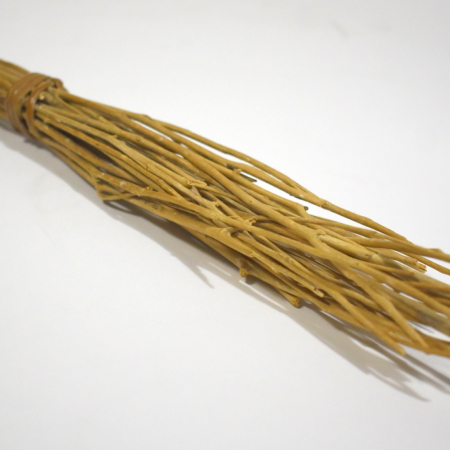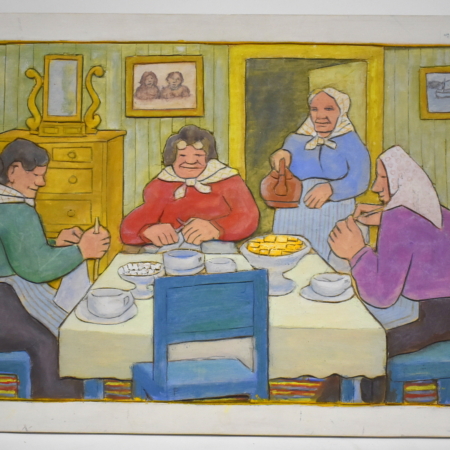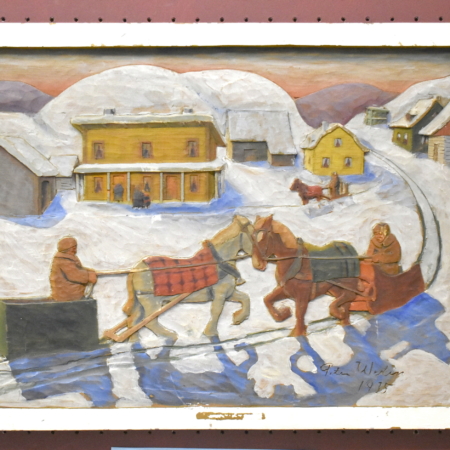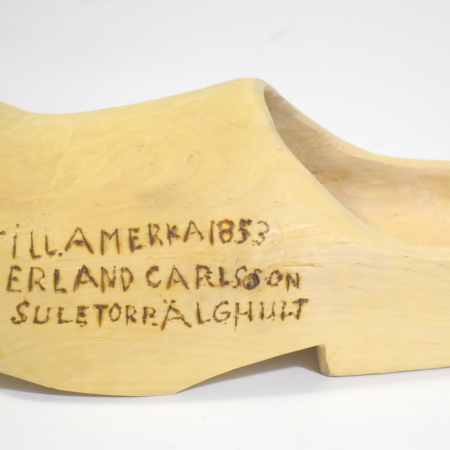Brass Potato
In 1724, Jonas Alströmer (January 7, 1685–June 2, 1761) was a Professor at Uppsala University. He and his close friend, Carl von Linnaeus, traveled to South America, with the goal of bringing back plant samples that could provide better food for the peasant class. They found potatoes which had been cultivated in South America for more than 10,000 years.
They planted potatoes again and learned the value of the tubers…not the leaves. Potatoes became an important new food in the 19th century because they had three major advantages over other foods for consumers: its bulk (which easily satisfied hunger), its lower rate of spoilage, and its cheapness.
At Gammelgården Museum of Scandia, there is a brass potato – a gift from Alingsås, Sweden to the museum – that commemorates Alingsås as the first place to grow potatoes in Sweden.
As a side note, when Linnaeus developed his system for naming plants and animals (that is still used worldwide today) he named a variety of lovely flowers called Alstroemeria after his good friend who introduced potatoes to Sweden. Alstroemeria is commonly called the Peruvian Lily or Lily of the Incas, and is native to South America.

